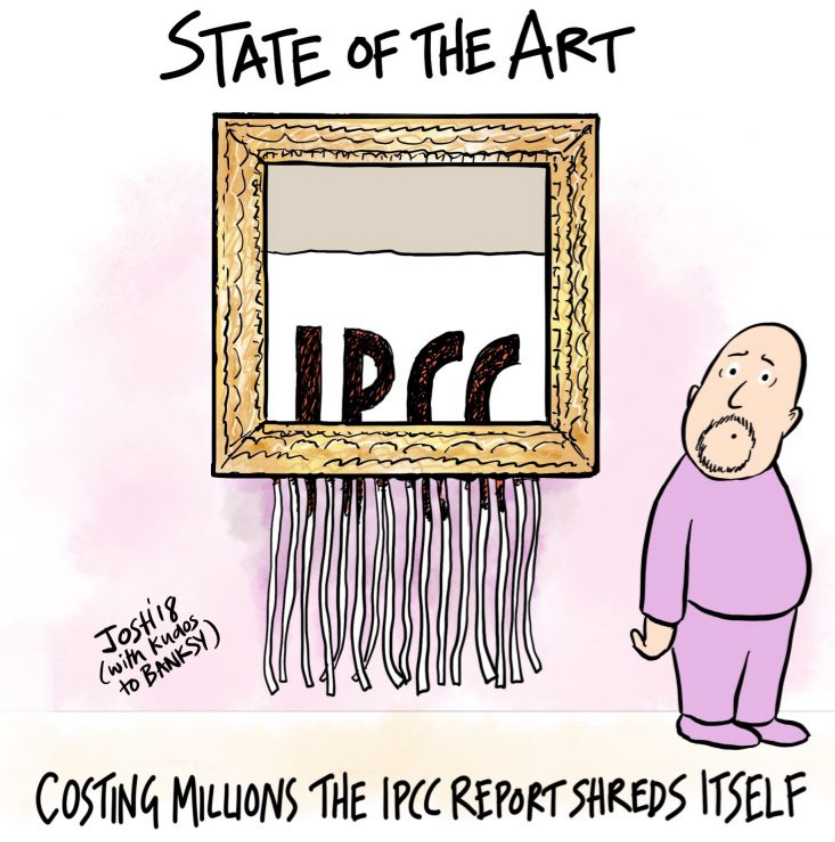As the results of 3 years and 6,000 studies carried out by 90 researchers from 44 different countries, unveiled, in Incheon, South Korea, the brief immediately arose the readers’ interests, not much due to its scientific revolutionary content, but rather for its novel focus on behavioural change and its clear understanding of the role of land-use changes in the context of climate change. Previous Panels,in fact, dedicated only a very limited space to the risks associated with emissions related to intensive animal farming and to food waste whilst the report’s authors this time explicitly call for rapid changes in farming practices, dietary habits, by shifting to lower GHG-intensive food consumption.
“6 % versus 18 % of insect species, 8% versus 18 % of plants and 4 % versus 8 %
of vertebrates are expected to lose more than half of their habitat at 1.5 C and 2 C worlds
respectively.”
While the 2015 IPCC report went no further than saying that the nations of the whole world have agreed on the common target of limiting the rise in temperature to “well below” 2 C, preferably below 1.5 C, this year's authors state with “high confidence” and by providing sufficient supporting data and model pathways that a “robust difference” is projected between a 1.5 C and 2.0 C global warming .
6 % versus 18 % of insect species, 8% versus 18 % of plants and 4 % versus 8 % of vertebrates are expected to lose more than half of their habitat at 1.5 C and 2 C worlds respectively. 10-30 % of corals would be able to survive a 1.5 C increase, whilst the IPCC sees no hope in their survival once a 2.0 C increase is reached. To make matters worse, twice as many people would be affected by climate related water stress, three times as many by heat waves and an extra 10 million people would be forced to leave their homes in the event of a 10 cm sea-level rise associated with a 2.0 C increase.
Overall, the purpose of this special report seems to be to get across a message of urgency. Despite the commissionment of the Paris Agreement in 2016, the gap between science and policy-making appears only to have widened. Evidence of this are the Australian government, the world’s biggest exporter of coal, which despite being one of the signatories of the agreement, continues to refuse to phase out coal power by 2050 and therefore is expected to exceed its target by 1 billion tonnes of carbon dioxide, as reported by NDEVR’s. Not to mention the pushback of two world leaders such as Donald Trump who promised he will pull out of the Climate Accords and Jair Bolsonaro, currently leader of the first round of the presidential elections in Brasil, who has even promised he will open the Amazon rainforest to miners and farmers.
LUDOVICA LONGO, THIRD YEAR POLITICS AND GEOGRAPHY
